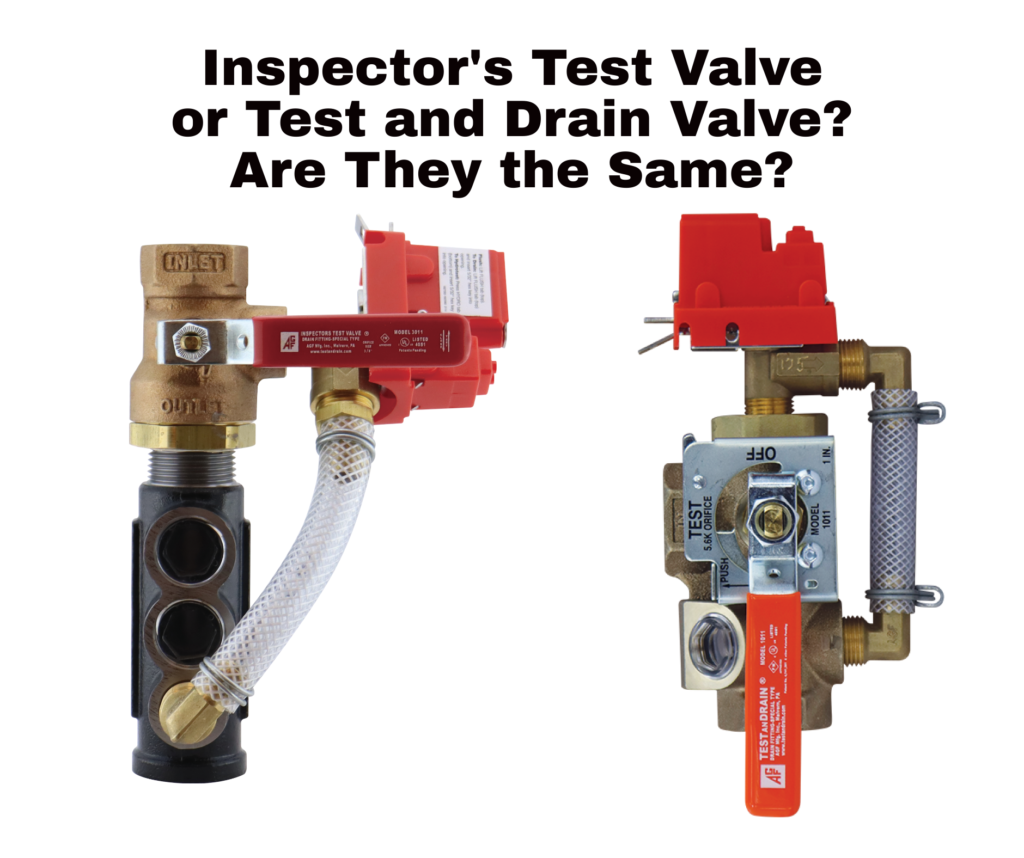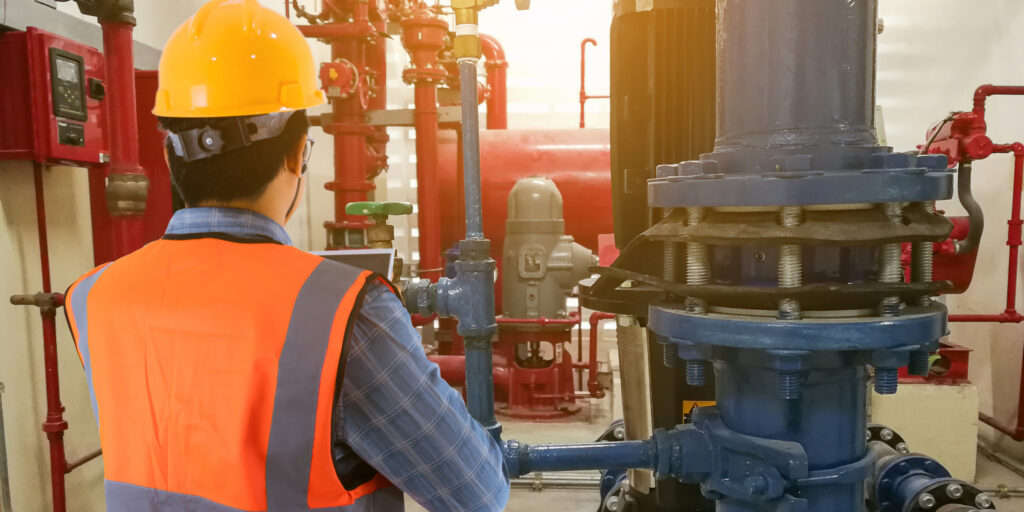Corrosion prevention is crucial for protecting lives and property.
Corrosion poses a significant threat in fire sprinkler systems, often remaining undetected until it’s too late, leading to property damage or even loss of life during a fire event. Traditional Inspection, Testing, and Maintenance (ITM) protocols are essential but can inadvertently accelerate corrosion rates by introducing fresh oxygen into the system. Fortunately, advancements in products and strategies offer enhanced corrosion prevention and monitoring capabilities, crucial for protecting lives and property.

Understanding the corrosion triangle
Corrosion in fire sprinkler pipes arises from a chemical reaction producing rust particles. Unlike typical plumbing systems where flowing water flushes away these particles, stagnant water in fire sprinkler systems allows rust buildup, leading to obstructions. This buildup, if present during a fire, can hinder water flow or block sprinkler heads, amplifying the severity of the situation. The corrosion triangle, comprising steel, water, and oxygen, forms the basis of this process. Fire sprinkler systems provide ideal conditions for corrosion as all three elements are present. Wet systems, filled with water and oxygen, are particularly susceptible, while dry systems, despite the absence of water, are not immune due to trapped moisture and oxygen.
Continue reading Ensuring Corrosion Protection Beyond Routine Maintenance in Fire Sprinkler Systems →


